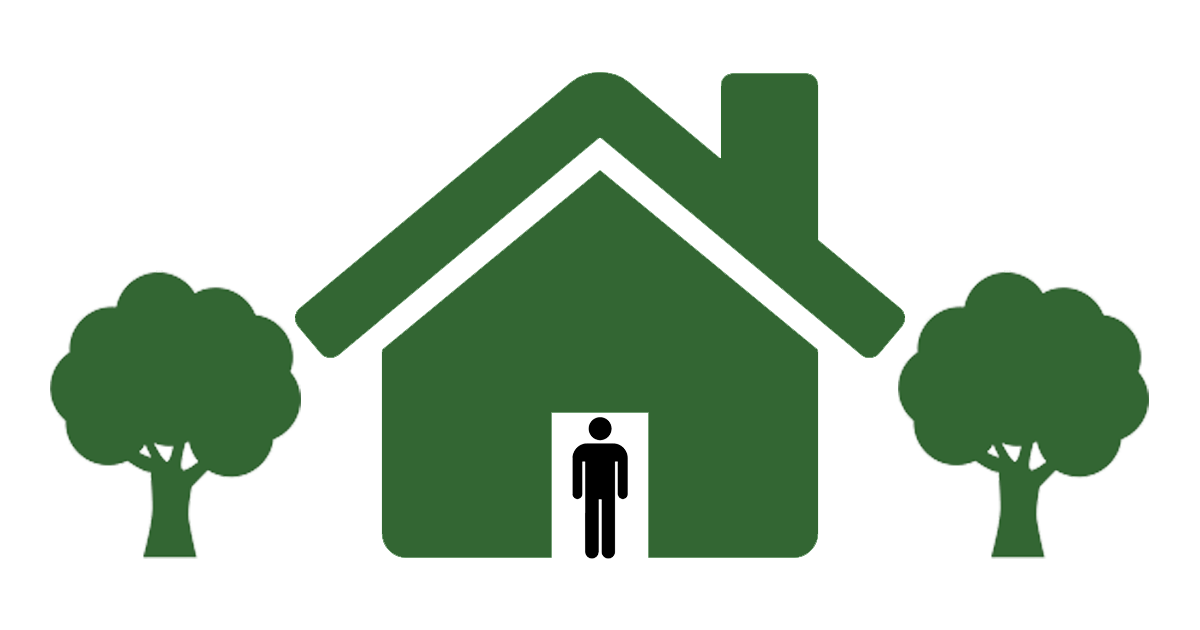How to Make Your City a Best Place to Live (Part II)
February 25, 2014 at 5:31 am CST
Who lives in your town? Odds are it’s not a perfectly representative demographic breakdown. Your fellow residents likely are older than other cities, or more diverse, or lower income. In short, every city has some skew in its population.
In our last post we looked at the factors needed to create a best place to live by category. Today, let’s flip that upside down. What are different groups looking for, and what does that tell us about the kinds of policies we should be supporting in order to attract/retain various constituencies? In our next post we’ll take all of this a little further and look at how you can find your best place with just four simple questions. Again here, we’re going to lean heavily on the survey conducted by Ipsos Public Affairs as part of the research for our list of the Top 100 Best Places to Live . We worked with our research partners at the Martin Prosperity Institute on the survey and its analysis. The survey asked a representative sample of U.S. adults what they value in the city they live in and what factors are most important when they consider a move. Looking at demographic breakdowns, we see just how demographics play into what amounts to personal site selection.
Gender:
Women ranked most factors as more important than men did including: housing, cost of living, crime, health care, climate, jobs and diversity. The lone exception of our 14 livability factors that men ranked higher than women was “whether a city leans democratic or republican.”
In general, younger Americans were more concerned about housing, cost of living and access to public transportation. Older Americans ranked crime rates, health care and climate higher.
Employment:
Retirees cared more about access to affordable and quality health care. Interestingly, this group had our only negative correlation. Retirees were statistically less likely to rank access to quality schools as an important factor in livability. Those in the workforce currently were focused on jobs, access to public transportation, quality schools and diversity.
Income:
Among those surveyed with incomes above the U.S. median ($50,000 per household), health care and availability of family, friends and cultural attractions were important draws. Lower income households were more concerned with walkability and access to public transportation. Both groups were equally concerned with jobs, cost of living, climate and affordable housing.
Household Type:
Married couples rated cost of living and crime higher than their unmarried counterparts. Those with kids were concerned with jobs, access to public transportation and quality schools. Unmarried people were also focused on public transportation as well as walkability.
Race and Ethnicity:
Minorities rated access to family and friends, culture, diversity and public transportation higher. Non-Hispanic whites placed a higher degree of importance on economic considerations like housing and cost of living as well as climate and crime rates.
OK, that’s a lot of data. What should you do with it? Well, as your city is crafting policy, debating budgets and arguing over whether to install that bike lane or extend programs for affordable housing for seniors, take a look at your town’s demographics. Who are the people in your neighborhood? And how can you best serve their individual and collective needs?
Reader Comments
Use a Facebook account to comment. Subject to Facebook’s Terms of Service and Privacy Policy . Your Facebook name, photo other personal information you make public on Facebook will appear with your comment.
